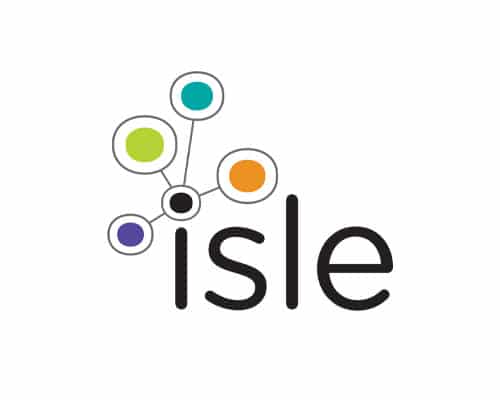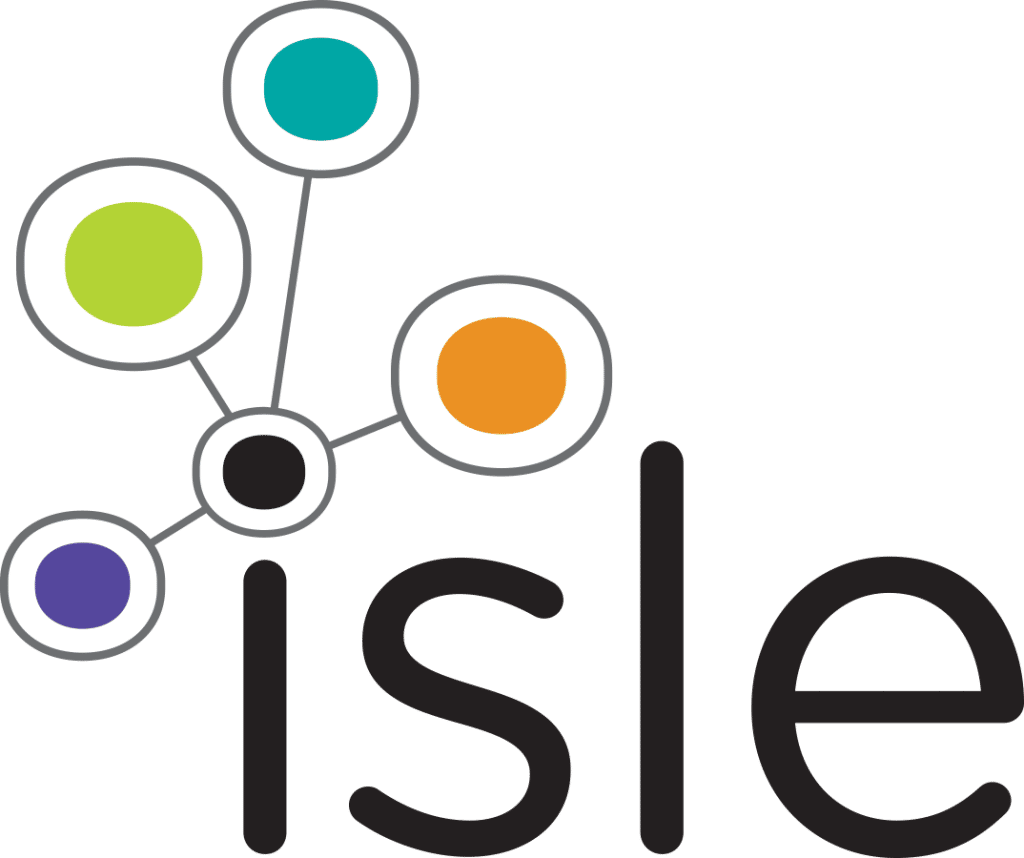This was a project awarded jointly to Isle and WRc. Research over the last two decades has demonstrated a relationship between exposure to low concentrations of the contraceptive pill (EE2) and the occurrence of feminised male fish in rivers and estuaries. However, to reduce the concentration of EE2 in some wastewater final effluents is beyond the capabilities of conventional water treatment systems.
Case Study – UKWIR: Emerging technologies for removing pharmaceutical compounds
Client/Location: UK
Project Duration: October 2012 – May 2013

Overview
This was a project awarded jointly to Isle and WRc. Research over the last two decades has demonstrated a relationship between exposure to low concentrations of the contraceptive pill (EE2) and the occurrence of feminised male fish in rivers and estuaries. However, to reduce the concentration of EE2 in some wastewater final effluents is beyond the capabilities of conventional water treatment systems. Additionally, the ‘Logistical support and co-ordination of chemicals investigation programme’ (CIP) has identified a number of pharmaceutical compounds that might be of concern in receiving waters if they are not subject to effective treatment at wastewater treatment works (WWTW). The overall objective of this project was to find a cost-effective treatment solution able to treat a range of pharmaceutical compounds.

How we solved it
Stage 1 of the project was completed by understanding the mechanisms and processes which had proven most effective for pharmaceutical removal, principally ozone and GAC, and identifying and critically assessing emerging technologies which had the potential to outperform them. The performance was assessed using results from pharmaceutical and other trials which had already been undertaken by the technology companies, plus an understanding of which types of processes would expect to perform the well. UKWIR also required the business case for each technology to be transparent, so costs, energy and chemical requirements, state of development, integration and technology ownership were also analysed. Isle liaised directly with each technology company during this information gathering and presenting process.
Isle identified and ranked over 20 technologies, of which the top 14 had factsheets produced for them. These were provided to UKWIR and discussed at steering group meetings, to decide on which technologies should be tested for Stage 2.
Stage 2, will involve Isle and WRc independently testing three of the technologies for their pharmaceutical treatment capabilities and unwanted by-products, while also accounting for the required CAPEX and OPEX required for their implementation at a water treatment works (WTW). The options for testing include absorbent materials, photochemical process, ozone enhanced processes and hydrogen peroxide enhanced processes.

